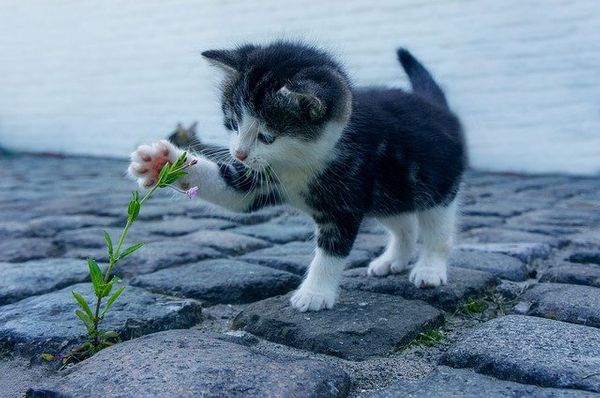Cats are cute, but they are not fully protected from the weather. Their fur makes them as warm and cozy as possible when it’s cold, but that doesn’t really help when it’s raining heavily. Cats need to have proper shelter for them to keep their body temperature regulated. Yes, there are common health problems of cats in the rainy season, here check out the list –
Anxiety and depression
During this season, cats frequently exhibit signs of sadness and detachment, so it is critical to spend time with them, cuddle them, and reward them with small treats for everything they do. Thunderstorms, lightning, and heavy rains can be frightening for your pets, so make sure they aren’t left unattended or outside when the forecast predicts storms and showers.
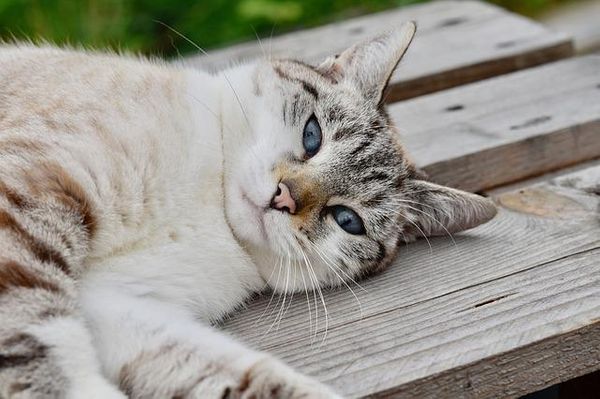
Make sure your pet gets your time and attention, and that they can sneak into your room or under your bed if they are scared. To improve their moods, play with them, talk to them, and engage them in physical activities. If your pet exhibits too many unusual signs and symptoms of anxiety (such as excessive scratching, loud noises, and so on), it is best to consult your veterinarian.
Leptospira
Leptospirosis is most commonly spread when cats drink contaminated water or eat an infected animal. Cats do not always exhibit symptoms, but when they do, they are either non-specific or related to kidney damage.
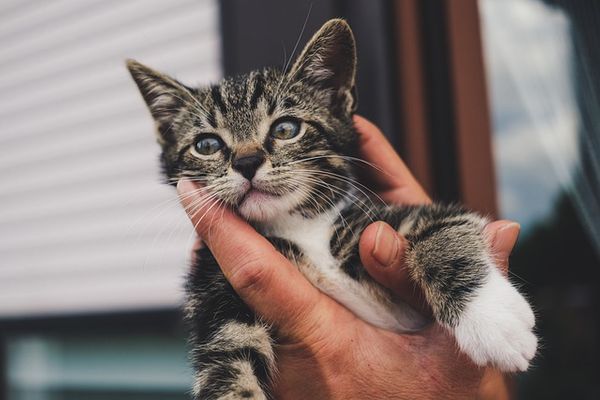
Symptoms of Leptospira
- Kidney disease
- Loss of weight
- Water consumption has increased.
- Halitosis
- Vomiting
- Diarrhea
- Changes in urination
- Changes in coat
- Fever
Treatment of Leptospira
Cats with leptospirosis are typically treated with an antibiotic such as doxycycline. In addition to IV fluids for dehydration, blood transfusions, and other medications to treat symptoms such as vomiting and diarrhea, your cat may be given IV fluids.
Maggots, One of the Most Common Heath Problems of Cats
Maggots in cats are a seasonal problem that affects cats during the warmer months of the year when adult flies are present. Myiasis in cats is characterized by red, raised sores on the skin that are infested with maggots.
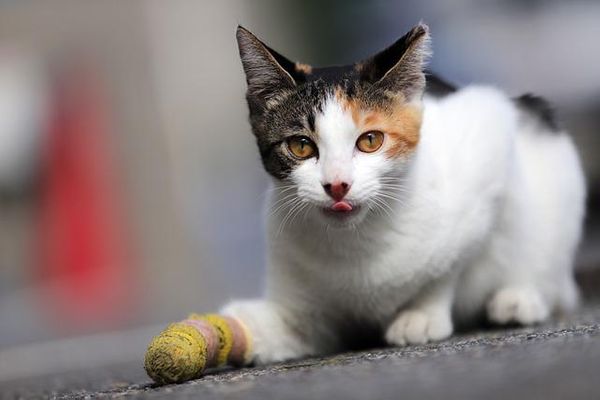
Maggots Symptoms
- Moist skin areas, particularly around wounds or where urine or feces come into contact with skin
- Small, thin tubular worms are found in wounds ranging in size from 1/4 to 1 inch, often the size of a grain of rice. They are almost never found alone.
Maggots Treatment
In cats that have tested negative for heartworm disease, injectable anti-parasite drugs such as Ivermectin can be used. These medications should be used with caution in pets who are allergic to avermectins.
The skin must be allowed to heal after the maggots have been removed. In severe cases, skin sections die and must be removed. Skin grafts may be required if a significant amount of skin has been damaged.
Topical wound therapy, frequent rechecks for new emerging maggots, antibiotics, and pain medications will also be included in wound care.
Parvovirus diarrhea
The feline parvovirus causes diarrhea, vomiting, and difficulty eating and drinking by attacking the cells in your cat’s intestines. It also attacks the bone marrow, resulting in red blood cells, white blood cells, and platelet shortages. Cats with the disease pass this virus in their poop, urine, and nasal secretions. The virus can contaminate cages, bedding, dishes, and handlers’ hands and clothes.
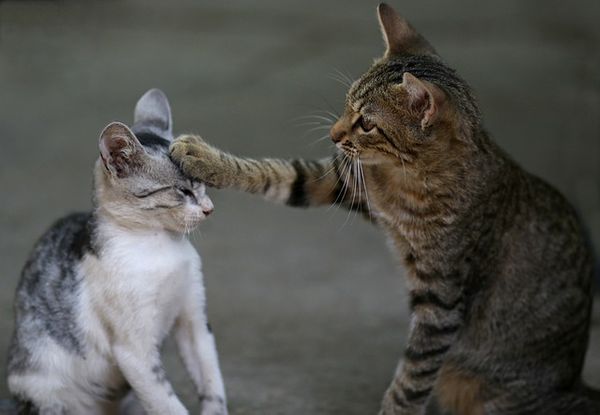
Parvovirus diarrhea Symptoms
- Depression and lethargy
- Vomiting or frothing at the mouth
- Nasal discharge that is watery
- Early fever, followed by a drop in body temperature
- Diarrhea, either watery or bloody
- Inability to eat or drink
Parvovirus diarrhea Treatment
There are no medications available to combat this virus. Your cat may be able to survive if you provide supportive care such as intravenous fluids, nutrients, and antibiotics to prevent secondary bacterial infection. Kittens have a high rate of mortality. Cats that are older have a better chance of survival.
Also Read: 8 Major Cat Diseases: Symptoms, Prevention, and Treatment
Distemper
Feline Panleukopenia Virus, also known as Feline Distemper, is a highly contagious and potentially fatal infectious disease in cats. It primarily affects kittens and unvaccinated cats, and if not properly diagnosed and treated, it can be fatal.
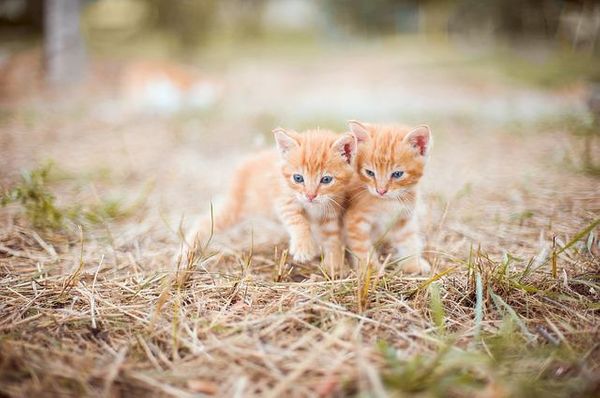
Distemper Symptoms
Feline distemper symptoms can range from mild to severe and may include the following:
- Lethargy
- Depression
- Vomiting
- Diarrhea
- Abdominal pain (when touched or may appear tense and distended without touching)
- Dehydration
- Loss of weight
- unkempt or rough hair coat
- Fever
- Reduced to non-existent appetite
- Collapse (in severe cases)
- Skin bruising or gum bruising (in severe cases)
Distemper Treatment
There is no known cure for feline distemper. Dehydration is treated with aggressive intravenous fluid therapy, while vomiting and diarrhea are treated with prescription medications.
Antibiotic therapy is frequently used to combat secondary bacterial infections caused by low white blood cell counts. Antibiotics, on the other hand, are not used to treat or eradicate the virus itself. For kittens and cats who appear to be in shock or have severe infections, resuscitation requires aggressive therapy and nursing care, including plasma/blood transfusions and anticoagulant therapies.
Hepatitis
Hepatitis in cats is a liver disorder caused by parasitic diseases, viral and bacterial infections, or metabolic conditions (such as hyperthyroidism). When your feline friend gets hepatitis, their liver becomes inflamed and their function suffers.

Hepatitis Symptoms
- Vomiting
- A fever is present.
- Jaundice (yellowing in the eye)
- Appetite loss
Hepatitis Treatment
The treatment for your cat’s hepatitis will be determined by the severity of their condition. Some cats with hepatitis will require hospitalisation and fluid therapy, as well as a variety of supplements such as dextrose, vitamin B, and potassium.
Paw wounds
Overgrown claws that curl around and poke the paw pads can also cause paw injuries. Sharp objects, such as broken glass, metal, splintered wood, or bites, can injure the paw pads of cats (resulting from a cat fight, for example). Cat paw injuries can also be caused by irritants, which can result in a burn in some cases.
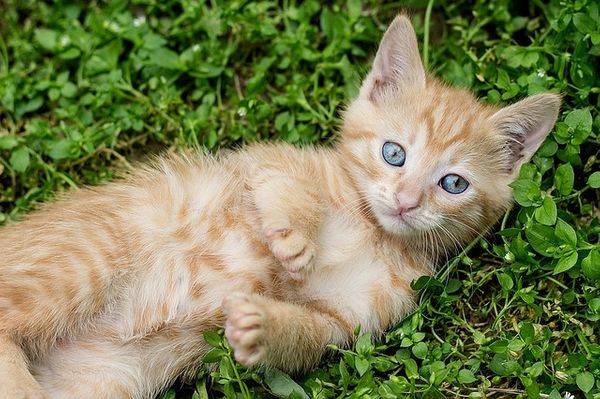
Paw wounds Symptoms
This is a minor injury, and most paw scrapes heal on their own. The following are symptoms of more serious paw scrapes:
- Refusing to place any weight on the paw
- The paw pads may be red or bleed.
- The paw’s discharge (e.g., pus)
- Swelling
- Limping
- Excessive licking of the wound
- In pain, vocalising or meowing
- Infection may be indicated by swelling, severe bleeding, or loose skin on the paw pad.
Paw wounds Treatment
- Clean the wound
- Use antiseptics
- Keep it protected
- Use a cone
For health problems of cats in rainy season, make an appointment with your veterinarian if the wound hasn’t healed within a week. For deeper or more serious paw scrapes, veterinary treatment may include stitches, temporary bandages, and antibiotics to prevent infection.
For more health related articles related to cats and dogs, visit Pet Care on Health Views


